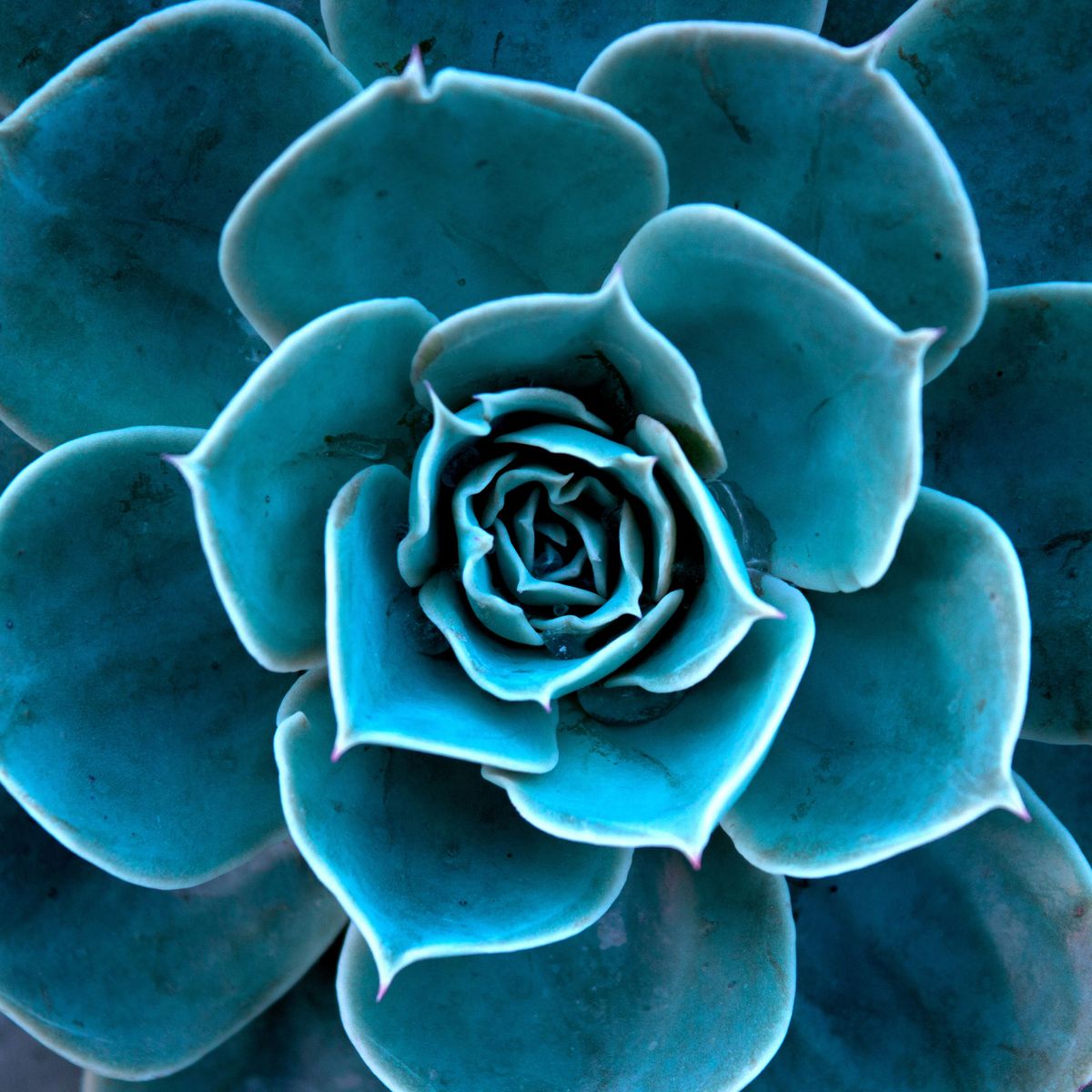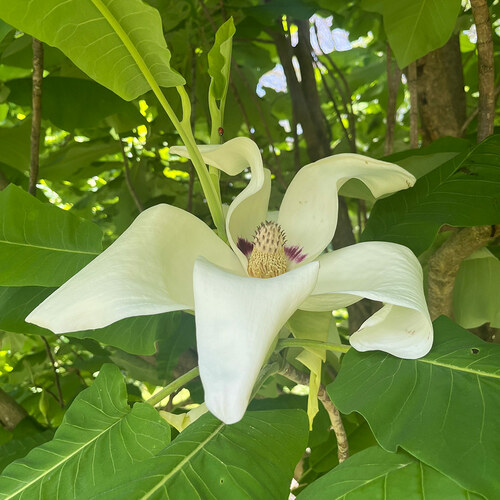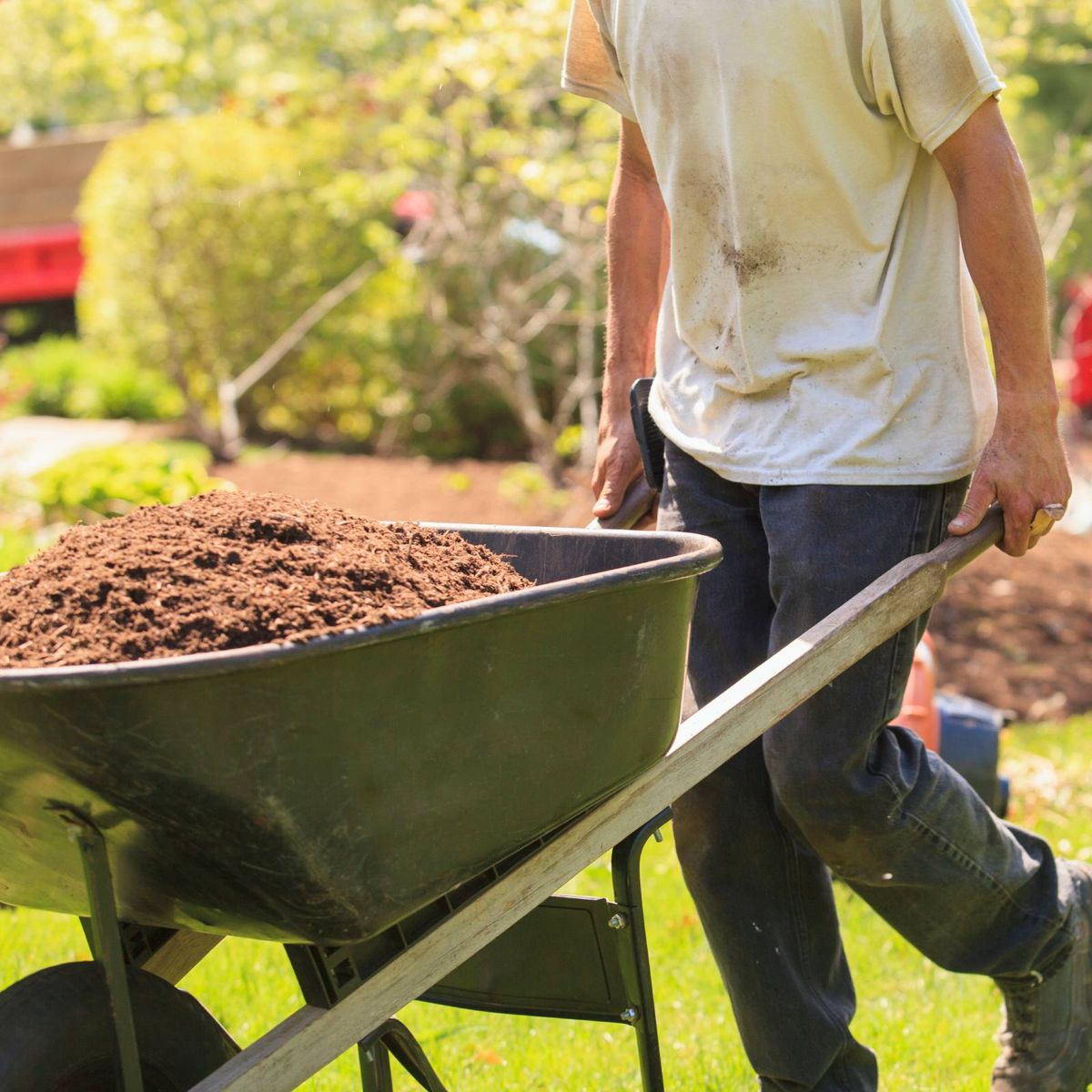
Gardening in February in the Southern United States
By J. Lester
ROSES planted this month will give steady and uninterrupted bloom from April to December. Get the best plants you can find. Cheap stock is worthless and not to be considered at all. Two-year plants in number one grade from a reliable Rose grower in varieties of Hybrid Teas, Teas, Australians, Polyanthas and Floribundas will give you the richest returns from your plantings.
Red Roses of charm and fragrance are Etoile de Hollande, Essence that is sweetest of all, Ami Quinard the darkest red, Christopher Stone the brightest. Hollande leads the list for hardiness, continuous bloom and freedom from disease. Other worth while red Roses may be your choice, but plant not less than five of one kind in order to have mass flowering in the borders and cut flowers for the rooms.
Accenting fragrance, Dame Edith Helen leads the pink list. Briarcliff, Editor McFarland, Pink Dawn and Columbia leave other pink Roses far behind.
Never failing flowers are found on Edith Nellie Perkins, Talisman, President Hoover, Margaret McGredy and Condesa de Sastago. The two last ones, however, show black spot persistently.
Mrs. Jules Bouche and Caledonia are the most satisfactory white Roses. Mrs. Pierre S. du Pont and Golden Dawn the best of our yellows, though Soeur Therese and Sunburst are reliable and flower well in spring and fall.
A few novelty Roses, added each year; will bring new joy and beauty and give much wanted experience. Try them out in average gardens with average care and be sure to report on your success or failure to the American Rose Society, of which you are, of course, a member. Every Rose grower and lover should be.
Success with Roses, as with all plants, means careful preparation as to soil, exposure to sun and air, fertilizer and mulching. The health problem will be easily taken care of if the three-in-one sprays are used regularly.
All the conifers respond well to planting at this season. Now is also the time to give them their semi-annual tip-shearing.
Finish the dormant spraying as early as possible. Soon the buds will be swelling and the lime-sulfur sprays, even 1 to 40, will burn.
Fertilize lawns with a chemical fertilizer, preferably with one, which has been prescribed after a soil test. Use compost on the rest of the garden, including shrubs, trees, Roses and everywhere except on the bulb beds.
Hotbeds and coldframes should be seeded with the tender flowers for early transplanting. Petunias, Verbenas, Snapdragons and lovely Nierembergia hippomanica should be sown at once. Use rustresistant Snapdragon seeds. Try the new Purple Robe Nierembergia, which is a Bronze Medalist.
Nierembergias are priceless for low masses of color in rock gardens or borders and for edgings. They bloom through spring, summer and fall and the plants are evergreen with soft feathery foliage.
Annual seeds sown in the fall will soon be blooming. Broadcast, now, seeds of Gypsophila, Nemophila, Virginian Stocks and Linaria to add weeks to your season of bloom. Phlox drummondi can also be sown again, but no others.
Vegetables. Sow in the open ground seeds of collards, radishes, celery and kohl-rabi. Start tomatoes and peppers in cold frames.
Nearly all the long list of shrubs and trees can be planted until April. Hollies, Tulip Trees, Camphor, Dogwoods and Anise are partial to spring plantings.
Gardenias or Cape Jasmines, as they are called in the South, are fashionable again. They are supposed to be temperamental, to require deep shade and an acid soil and even then they grow poorly with annual attacks of sooty mildew and San Jose scale. Do we coddle them too much and give them less light and air than they need? It would seem so.
The finest Gardenias seen in a long time were recently found growing and cared for by a neighbor who adores flowers. Her plants were 6 feet wide and as tall. They grew in sand and almost in full sun and had never been sprayed. The blooms were very-fine and were continuous over a long season. Last year a friend presented us with a Trailing Gardenia, which is as rare as it is lovely. The plant was set out in a corner where the sun comes strong and in the midst of a trying year the small Gardenia was forgotten. Now, in spite of all, the small leaves are bright and green and cover the plant with a promise of tiny fragrant blossoms for another year. Less care and more sun may be the answer to growing Gardenias.










